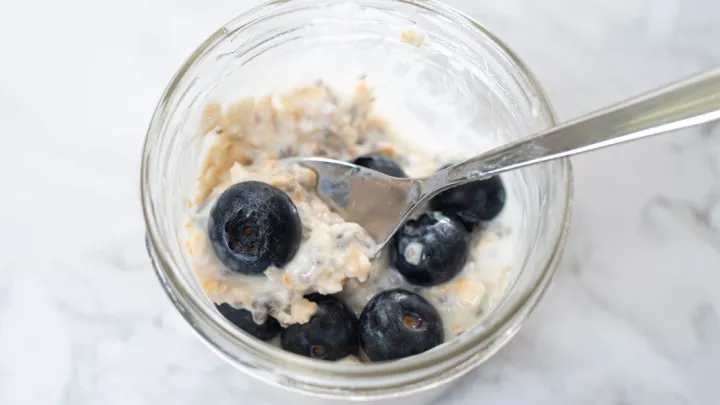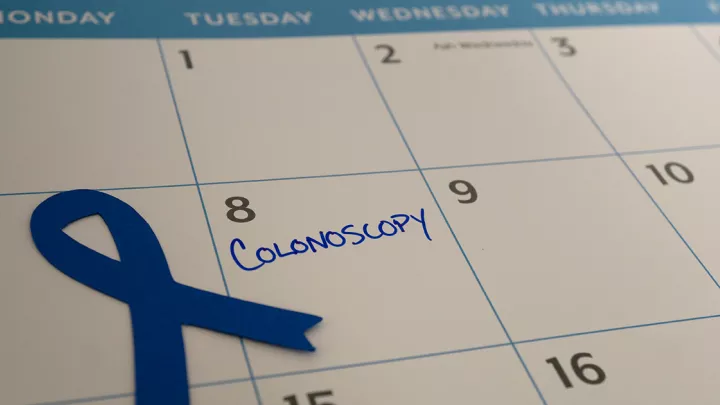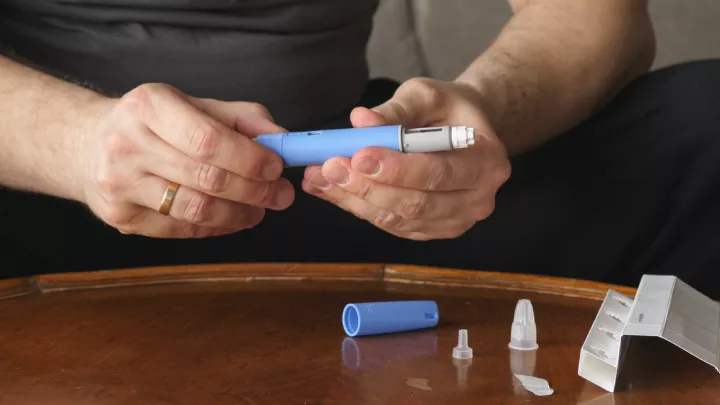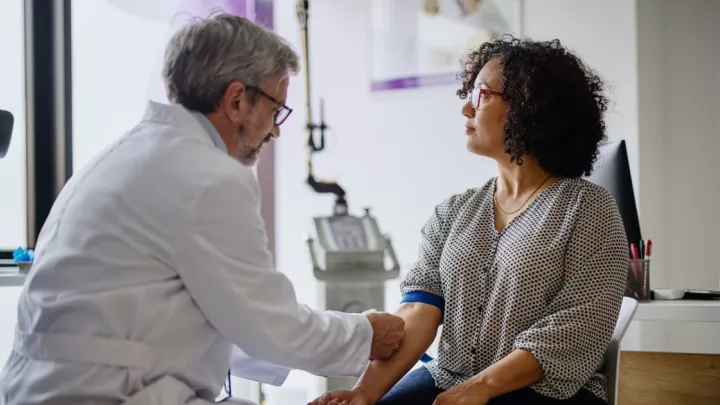You asked, we answered: What is the best diet for diverticulitis?
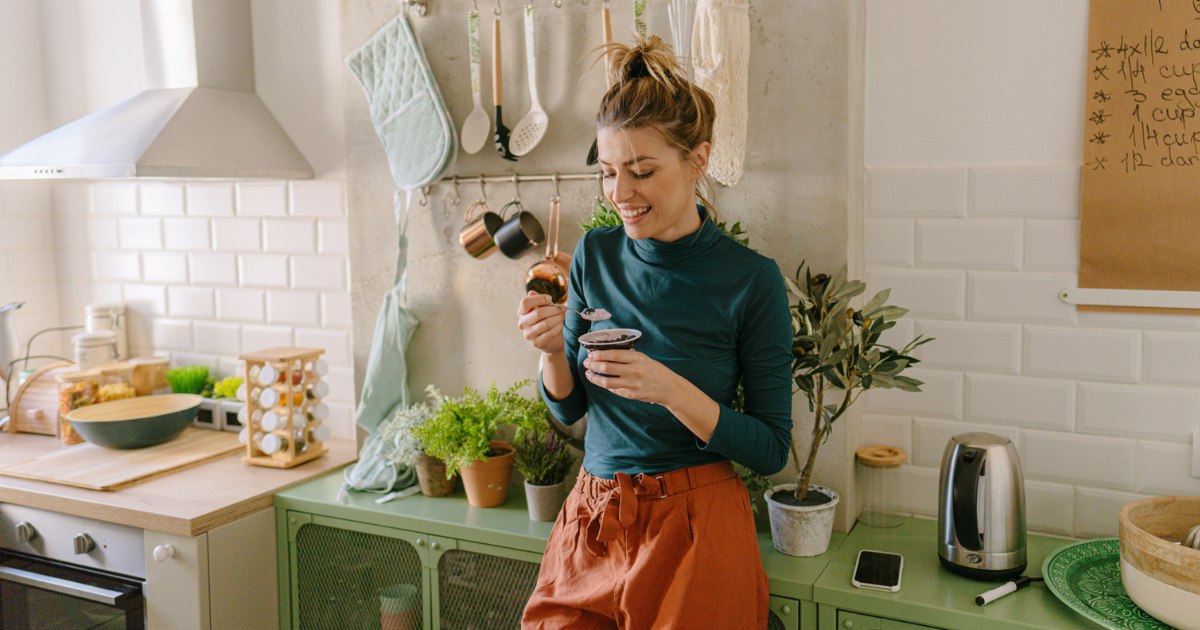
Question:
What is the best diet for diverticulitis?
Answer from registered dietitian Courtney Sikora, MMN, RD, LMNT:
Diverticulitis is an inflammatory condition that occurs in the large intestine. It develops when pouches, called diverticula, become inflamed or infected by bacteria.
Patients with diverticulitis may experience abdominal pain, upset stomach, nausea and vomiting. In a severe case, the diverticula can rupture. This can lead to further complications and may require surgery.
The amount of time it takes to recover from diverticulitis varies. Mild cases can often be treated at home with a soft diet and oral antibiotics. More severe cases may require hospitalization and can take several weeks to resolve. Sometimes patients experience chronic diverticulitis, which means the condition keeps returning. This may require surgery to remove part of the colon.
Foods to avoid if you have diverticulitis
Since diverticulitis is an inflammatory condition, you should avoid foods that require extra effort to digest. This includes high-fiber and super acidic foods, such as whole grains, red meat, and raw fruits and vegetables with skins on.
We used to recommend avoiding nuts, seeds and popcorn. The thought was that those foods could get stuck in the pouches and cause inflammation to return. However, research hasn’t proven that to be the case. Foods that cause inflammation will vary by individual. The best advice is to watch your body’s reaction and avoid foods that cause you to flare up.
The best foods to eat if you have diverticulitis
If you have severe inflammation or infection, we may start you off with clear liquids like broth, water and tea. From there, you can move into a soft diet with low-fiber foods and soft proteins. This includes things like:
- Eggs
- Moist chicken cuts like chicken thighs
- Cottage cheese
- Canned vegetables and fruits without the skin
The purpose of eating certain foods isn’t to cure diverticulitis. Instead, the goal is to minimize symptoms and reduce inflammation. Once inflammation is gone, you can add high-fiber foods, such as fresh fruits, vegetables and whole grains into your diet.
It’s important to get enough fiber in your diet. For most people, that’s anywhere from 20 to 30 grams of fiber per day. This will keep food moving through your colon and prevent inflammation.
When it comes to diet, follow the recommendations of your health care provider. Much of the information found online is misleading. Be sure to ask your doctor before following any advice you find elsewhere. Your provider can also refer you to a registered dietitian who can help create an individualized diet plan.
Have a question you’d like us to answer in a future article? Ask us here!
These are anonymous questions, which means we can’t give one-on-one medical advice in this format. It is important to see a health care provider to diagnose diverticulitis and provide the appropriate treatment. For medical advice specific to your unique condition, schedule an appointment at 800.922.0000.



